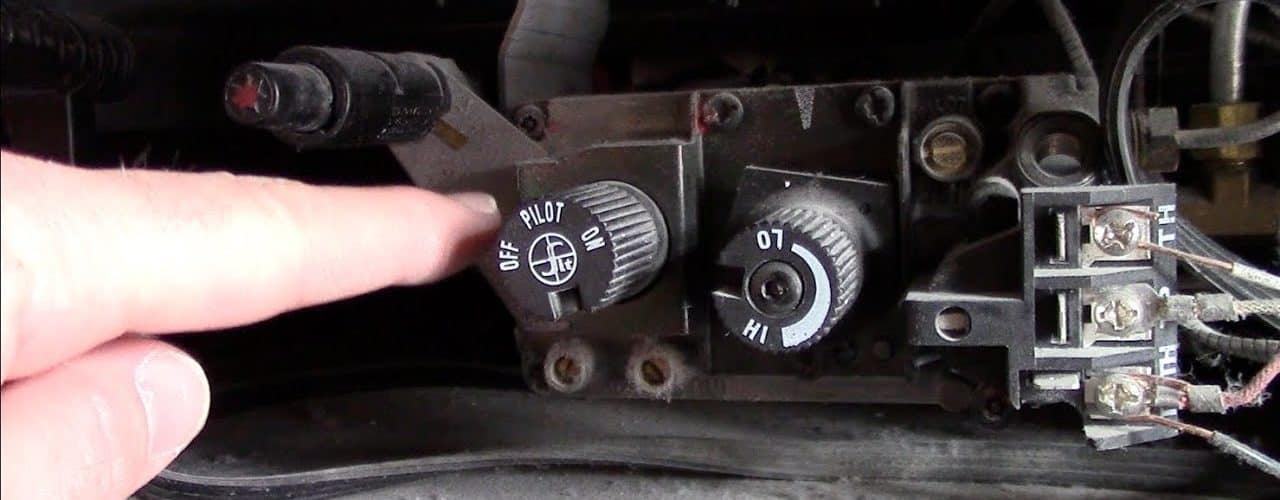A strategically placed fireplace can greatly enhance a living area and also provide needed heat, and natural gas logs are quickly becoming a very desirable feature for any home to contain. A gas fireplace is certainly safer and easier to use than a traditional wood burning one, but it is important for consumers to understand that it must be used properly and should only be lit by an experienced individual. The following tips will help a homeowner take the proper precautions necessary to light a gas fireplace correctly and ensure that everything has been performed in a safe manner.
The first step in lighting a gas fireplace is to perform a visual inspection of all of the important components. Most installers make a habit of placing an emergency shut off valve in the natural gas line, and many homeowners will turn off the supply during the warmer months. The valve should be open, but the gas should not be turned on yet in the process. If any leaks are heard when the emergency valve is opened, the gas line should immediately be cut off and it is necessary to contact the local gas company or utility company for service.
The interior of the fireplace should be quickly inspected to check for any possible damage or buildup. A gas fireplace should be free of debris, but it is worth mentioning that the gas logs burn much cleaner than a traditional wood burning fireplace. As a result, there should not be any residue that is emitted from the burning of immature wood. The flue should be in the open position to allow any smoke to rise up through the chimney without any obstacles in the way.
After a homeowner is completely sure that both the fireplace and chimney are in an acceptable state of readiness, the gas logs must be inspected to ensure that there are no potential hazards. The gas logs should be intact and should not have any debris on them anywhere that could burn. The logs are most likely permanently installed, but they should be firmly balanced on their holder if they are not a permanent fixture.
Once all of the visual inspections have been performed, the gas fireplace owner should carefully use a grill lighter or long wooden match to produce a flame in the corner of the unit. The natural gas should then be turned on, and the gas logs will immediately light themselves. Any screens or doors should be shut to prevent possible injury or fire.
The last, and also one of the most important, steps in the process is to ensure that everything has been done correctly and the gas fireplace is operating as intended. Any smell of natural gas or any other odors could be cause for concern, as could any fumes or smoke emanating from the fireplace. Anything that appears out of the ordinary should immediately cause the gas fireplace owner to turn off the unit and contact a professional for further assistance or guidance.
Gas fireplace owners should be well aware of the potential risks associated with an improper lighting process, and it is important to realize that the dangers are quite easily avoidable. Careless errors are certainly to blame for the majority of accidents and simply following the above tips will greatly reduce or eliminate any negative results. While it may seem like a lot of work to carefully perform all of the necessary inspections, an experienced person can often complete the task in a matter of seconds. Proper lighting procedures will ensure a safe and enjoyable experience.



